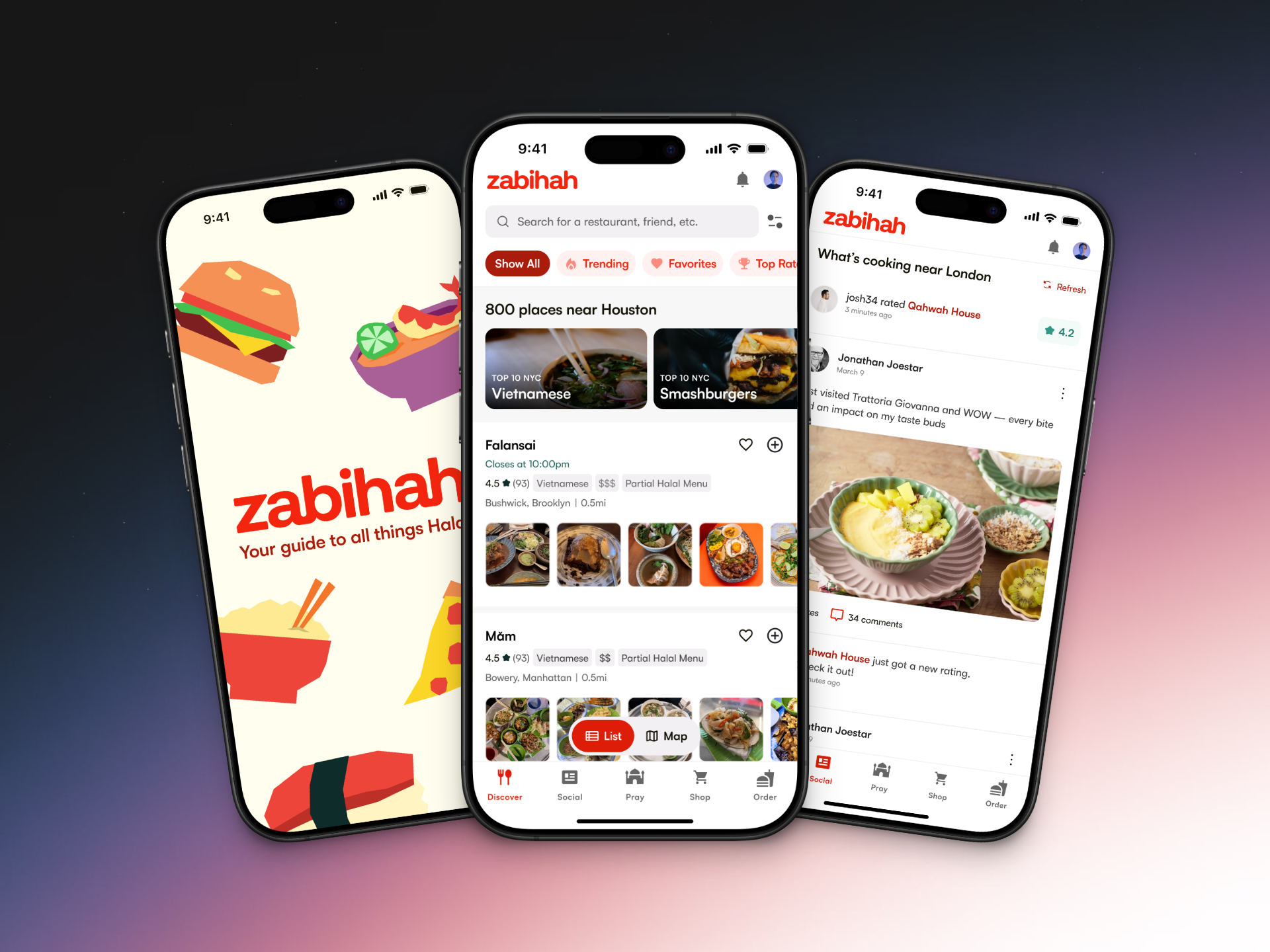Revolutionizing Payment Processes for Freelancers and Gig Workers

We wanted to help people get paid easily
AtomPay was created to revolutionize digital payments for a diverse range of professionals. It marked a pivotal shift from AtomComplete, a gym management platform, achieving significant milestones with $55,000 in revenue and 2800 user sign-ups within three months of its launch on Product Hunt.
Shifting Gears From B2B to B2C
During our research on building AtomComplete, we noticed that our users' biggest pain point was trying to get paid. We decided the focus needed to shift to only creating a payment solution. We shifted from being a B2B company to B2C. Positioned amidst a competitive market, AtomPay distinguished itself by focusing on the needs of the gig economy, offering tailored solutions for freelancers and content creators.
We knew that our app needed to help our users list their products or services with a price and easily share their virtual store with anyone. That was our value proposition.

A bigger team with more collaboration
As the Product Designer and later taking the lead, I played a pivotal role in shaping AtomPay's visual aesthetics and functionality. Having established a great designer-developer relationship on AtomComplete, it was easy for us to switch gears when we pivoted to AtomPay.
Collaborating closely with Michelle, our Senior UX Strategist, we conducted exhaustive research and devised a comprehensive UX strategy. Communication within our remote team, spanning across Austin, New York, Houston, and Vietnam, primarily took place through Slack, supplemented by detailed design explanations using Loom videos and GitHub for design handoffs.
AtomPay's Scope & Constraints
AtomPay navigated through the complexities of gaining visibility in a market dominated by established giants such as PayPal, Stripe, Venmo, Square, CashApp, and Payoneer. Our primary objective was to communicate AtomPay's unique value proposition, particularly its ability to empower gig economy professionals by facilitating the setup of digital stores.
Another constraint was time. We had to validate, design, build, and launch in under 6 months. It was a very fast-paced environment, and we didn’t have time to work on the brand. A lot of the UI was very heavy on yellow, and we had disagreements on how much should be toned down or if that really mattered. We decided that the value proposition mattered more. If we can help our users make more money, then the product will be a success, and we can iterate over time.



Helping folks get paid everywhere
It was a challenge, going from AtomComplete and B2B to AtomPay and B2C. But our strategic focus on identifying and solving our user’s critical issues propelled us forward. The ensuing positive reviews, coupled with a Gross Merchant Value of $55,000 and 2800 user sign-ups within three months, underscored AtomPay's potential to redefine digital transactions.
Iterate and Evolve: The AtomPay App
I wasn’t a big fan of the all-yellow UI. We only went along with it because we didn’t have time to do any type of branding work. We knew having app was the next stage and a lot of changes needed to be made. When I started work on the mobile app, I overhauled the offer creation workflow to focus on more visual products and services such as photography, graphic design, makeup artists, etc.




